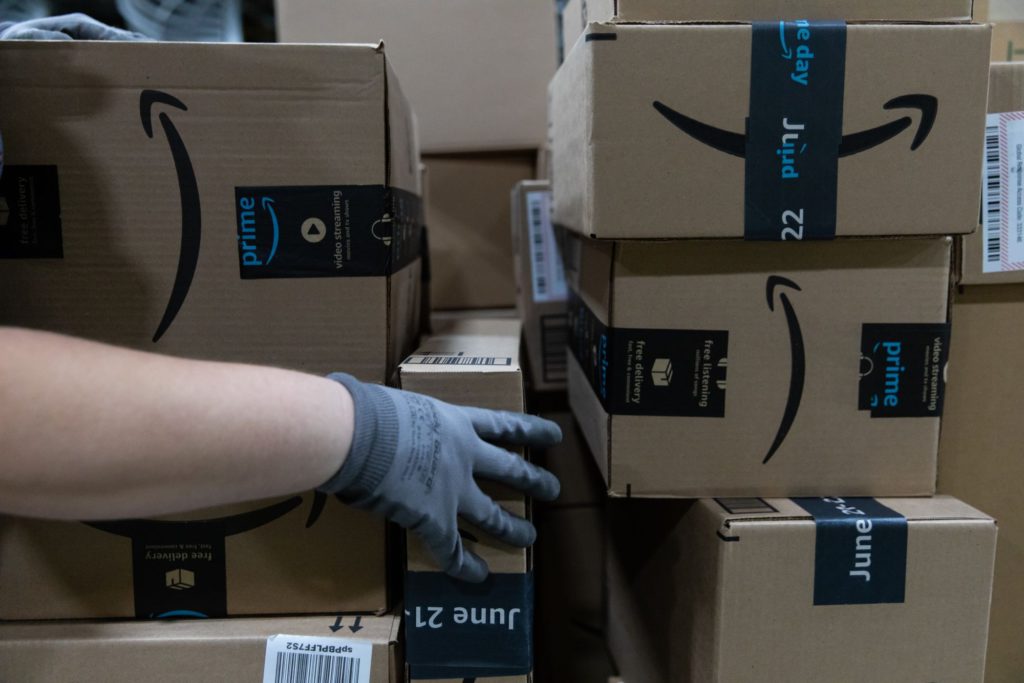Amazon.com Inc.’s Prime Day sequel is generating about the same sales as a regular day — at least so far.
(Bloomberg) — Amazon.com Inc.’s Prime Day sequel is generating about the same sales as a regular day — at least so far.
As of 11 a.m. in New York Tuesday — eight hours into the event — sales were similar to the previous 30-day average, according to Klover, a research firm that uses real-time spending data from 3 million US shoppers. By contrast, spending during the entire Prime Day sale in July was about 13% higher, the firm said.
“Usually it’s off to the races,” Klover Chief Executive Officer Brian Mandelbaum said in an interview. “This Prime Day isn’t going to move the needle.”
Retailers are bracing for a lackluster holiday that will require deep discounts to move a glut of inventory. Many consumers, meanwhile, are planning to cut back because higher food and fuel costs have left them with less disposable income. US online spending in November and December will grow just 2.5% this year to $209.7 billion, according to Adobe Inc. That would be a big slow-down from last year’s gain of 8.6%.
As of noon, about 58% of items purchased during the Amazon sale, which runs through Wednesday, cost less than $20, according to Numerator, indicating shoppers aren’t digging very deep. The average household outlay was about $75 since many households placed two orders, said Numerator, which based its data on 1,485 orders from 875 households.
The Seattle-based company launched Prime Day in 2015 to attract new subscribers who now pay $139 a year for shipping discounts, video streaming and other perks. The event helps Amazon lock in shoppers before the holidays and deepen its relationship with existing customers by offering them deals on Amazon gadgets and other goods. This is the first time the company is hosting two big Prime member sales in the same year. Amazon is touting hundreds of thousands of deals on electronics, appliances, toys and other products to lure shoppers.
The event generated little enthusiasm on social media, a sign of consumer fatigue and a potential harbinger for the holiday shopping season.
Twitter mentions of “Prime Early Access Sale” on the day the event was announced last month fell 70% compared with mentions for the previous event in June, according to analytics firm Sprout Social Inc. And buzz about the two-day sale that begins Tuesday has been waning, the opposite of what happened during the run-up to the summer event.
“The data suggests possible fading consumer enthusiasm around seasonal promotions,” said Mike Blight, a market research manager at Sprout. “Announcing a second, similar campaign during the crowded holiday promotion season likely contributed to the lack of engagement.”
Still, Amazon has an opportunity to win market share even if shoppers pull back, helping the e-commerce giant stand out when investors pick holiday winners and losers, according to Scott Gravelle, who runs the robotic logistics firm Attabotics in Calgary. As an online marketplace with millions of merchants, Amazon offers a broader selection of goods than traditional retailers without having to buy inventory.
“There’s a battle about to happen for market confidence about who captures more consumer spending dollars when shoppers spend less,” Gravelle said. “I think Amazon has a bit of an advantage.”
More stories like this are available on bloomberg.com
©2022 Bloomberg L.P.











